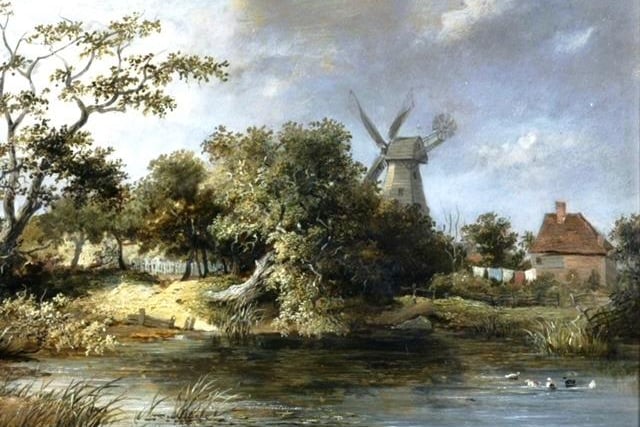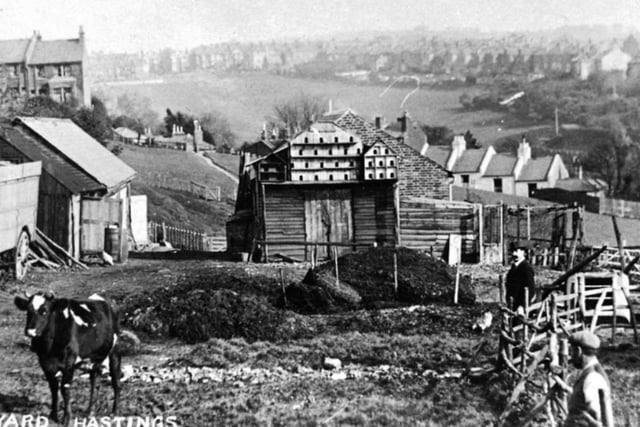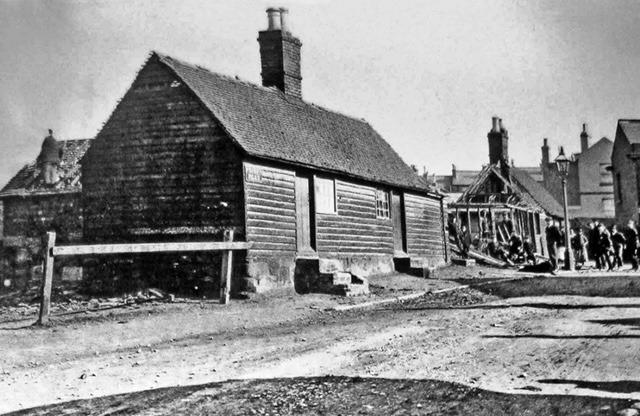Steve writes: The popular West Hill Community Centre is celebrating its fifty birthday this year with a series of events, starting this Saturday (24th) with two history talks. At 2pm I will be giving a slide-show looking back at how the West Hill has become a fascinating mixture of houses and green open spaces. This will be followed by John ‘Tush’ Hamilton and his wife Pat describing their long lives working in the Hastings fishing industry.
The centre, which is run entirely by volunteers, was built in 1974 on East Sussex County Council land at the top of Croft Road, next to its junction with Bembrook Road. For the past five decades generations of residents have gathered at the centre for celebrations, meetings and learning events.
The ground on which the centre stands is part of a legacy left to the town in the 18th and 19th centuries by the Collier and Milward families. They were the leading members of the local establishment for nearly a hundred years from the 1720s. In that time they acquired thousands of acres of land in and around Hastings, including most of what was then farmland on the west side of the Old Town valley, stretching from Halton down to the Castle.
Their descendants, especially Countess Waldegrave, aimed to keep this beautiful countryside as green and open as possible, along with what is now the Country Park and Nature Reserve, and they have been largely successful. However, in 1798 they agreed to let eight acres of land at Halton be built on as the military base for anti-Napoleon troops based in Hastings. This is now where the Halton council flats are located.
The family also let many acres of their Bembrook Farm on the slopes of Torfield be used as allotments after the First World War, and most remain so today. In 1936 a large area was made available to Hastings Council to create Bembrook Road and build 78 houses along it, for families made homeless by the Old Town ‘slum clearance’.
Most housing on the West Hill is on the north-west side of Priory Road which was not part of the Collier/Milward estate. This area was rapidly developed in the 1870s and ’80s when the town expanded as a popular seaside resort and the three windmills on Priory Road were demolished.
In 1888 the Milwards sold to Hastings Council the 24 acres that form the big open space between the Castle and Plynlimmon Road/Collier Road.
Have you read? Stay of execution for historic Hastings fishing boat

1. West Hill
French's Mill on the corner of Croft Road and Priory Road. Photo: supplied

2. West Hill
Bembrook Farm in the early 1900's Photo: supplied

3. West Hill
Halton Barracks being demolished in 1904 Photo: supplied